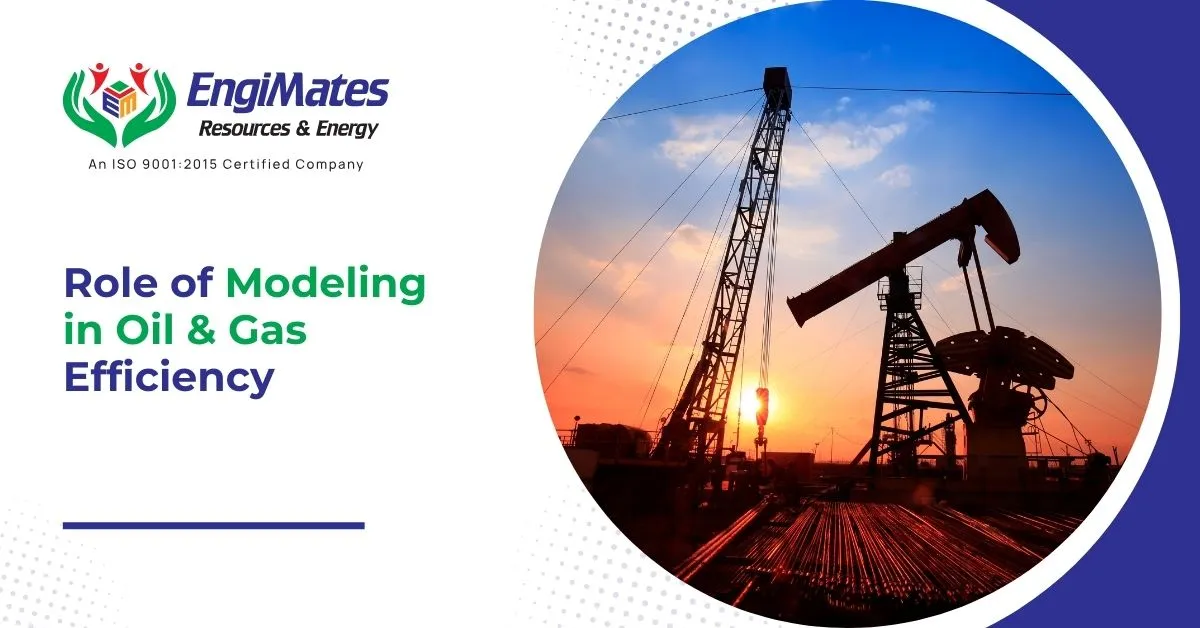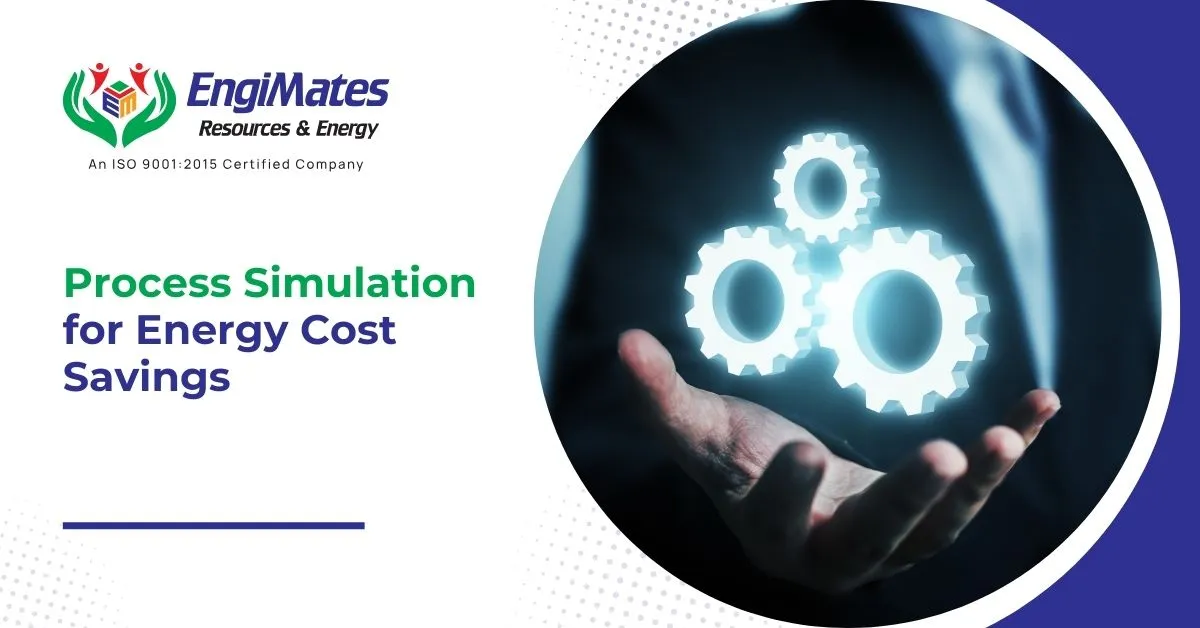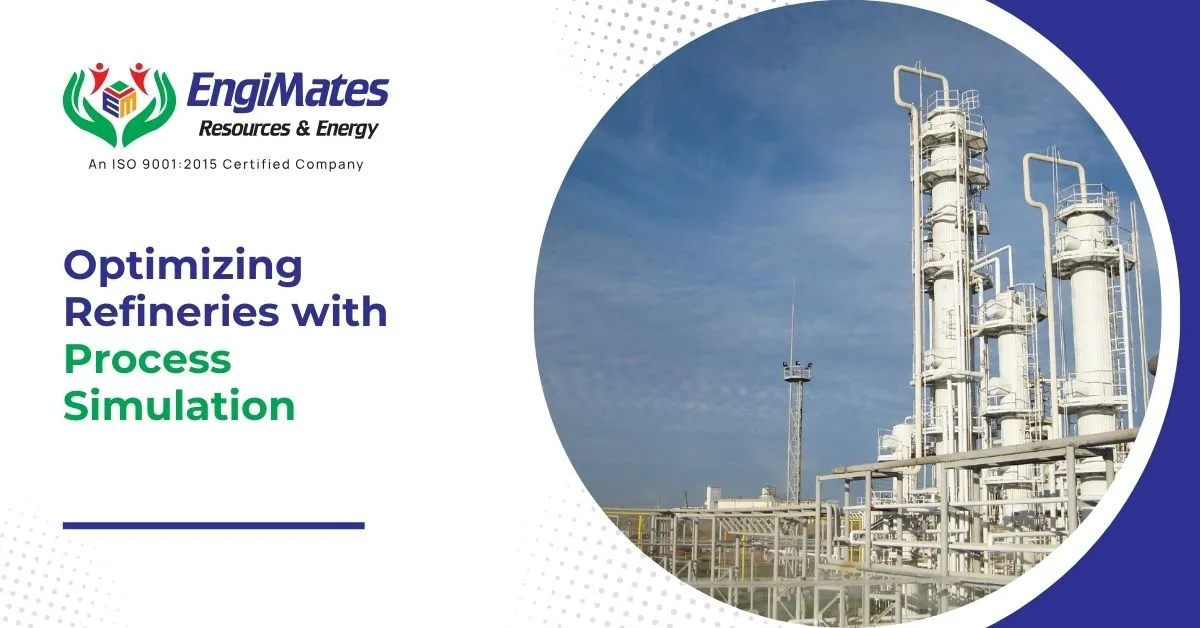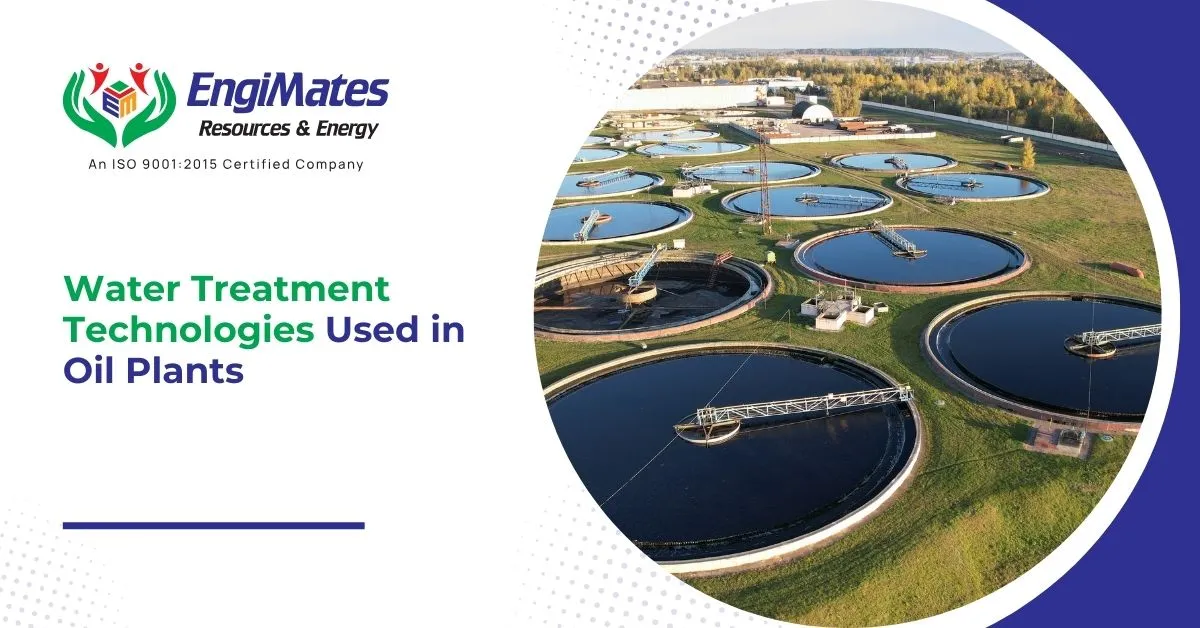Energy consumption is one of the largest operating costs in oil and gas refineries. Rising…

The oil and gas industry is under constant pressure to maximize efficiency, reduce costs, and improve safety. With rising global energy demands and stricter environmental regulations, companies must adopt innovative solutions to remain competitive. One of the most impactful tools available today is modeling and simulation. By creating accurate digital representations of processes, facilities, and systems, oil and gas operators can optimize performance, minimize risks, and enhance long-term profitability.
In this blog, we’ll explore the role of modeling in oil and gas efficiency, its benefits, and how specialized engineering services can help organizations implement effective strategies.
Why Modeling is Essential in Oil & Gas?
Modeling is more than just a design tool—it’s a critical decision-making asset. In the oil and gas sector, digital modeling enables companies to test scenarios, predict outcomes, and optimize processes without costly trial-and-error in real plants.
Key advantages include:
Process Optimization: Fine-tuning refinery and gas processing operations for higher throughput and reduced waste.
Safety Assurance: Simulating emergency scenarios such as flare events, equipment failures, or shutdowns.
Cost Reduction: Identifying bottlenecks and inefficiencies before they escalate into expensive downtime.
Sustainability: Reducing emissions and energy consumption through optimized plant design and operations.
Types of Modeling Used in Oil & Gas Efficiency
Different types of modeling play a crucial role in the oil and gas industry by optimizing processes, predicting performance, and improving overall efficiency. From process simulation to asset management modeling, these approaches ensure cost savings, safety, and sustainable operations.
Process Simulation & Modeling
This service involves building detailed digital twins of oil, gas, and refinery operations. Engineers simulate different variables such as flow rates, temperatures, and pressures to optimize system performance. Process simulation reduces operating costs while improving reliability and safety.
Dynamic Simulations
Unlike steady-state models, dynamic simulations replicate real-time plant behavior during start-ups, shutdowns, or disturbances. These models are invaluable for operator training, safety system verification, and emergency planning.
Relief and Flare System Assessment
Flare systems play a vital role in plant safety. Through flare modeling, operators can predict how gases behave under emergency relief conditions, ensuring compliance with international safety standards while minimizing environmental impact.
Economic Modeling
Beyond technical efficiency, economic models assess the financial feasibility of new projects, revamp studies, or debottlenecking plans. They help decision-makers allocate resources strategically.
Role of Modeling in Each Stage of Oil & Gas Projects
Modeling supports every stage of an oil and gas project, from concept development to operations, by enabling accurate forecasts, safer designs, and cost-effective decisions. It ensures efficiency across feasibility, engineering, construction, and asset management phases.
Concept Development Phase
During the early stages, modeling helps evaluate field development strategies, feasibility studies, and early production system designs. By comparing multiple scenarios, companies can select the most cost-effective and reliable solutions.
Design & Engineering Phase
Modeling supports Front End Engineering Design (FEED) and detailed design by predicting how facilities will perform once built. Engineers can also conduct value assurance studies to minimize future risks.
EPC (Engineering, Procurement & Construction) Phase
During project execution, simulation results guide construction and commissioning teams, ensuring systems are built to operate efficiently. Modeling reduces costly design modifications and speeds up project delivery.
Operate Phase
Once the facility is live, modeling continues to play a role through production system optimization, revamp studies, debottlenecking, shutdown planning, and reliability improvement programs. Asset owners benefit from better performance, lower downtime, and extended equipment life.
Looking to reduce downtime and boost ROI in oil & gas? Contact us for turnkey modeling and simulation services.
How Modeling Improves Oil & Gas Efficiency
Modeling enhances oil and gas efficiency by streamlining processes, reducing operational risks, and maximizing resource utilization. It enables companies to make data-driven decisions that improve performance and lower costs.
Enhanced Decision-Making – Provides a data-driven approach for selecting optimal designs and operating conditions.
Risk Reduction – Anticipates potential failures and mitigates them through preventive planning.
Lower OPEX and CAPEX – Reduces unnecessary expenditures by optimizing resource utilization.
Improved Safety – Ensures facilities comply with stringent safety and environmental standards.
Long-Term Asset Management – Supports continuous improvement with real-time monitoring and predictive maintenance strategies.
Services That Support Oil & Gas Modeling
Leading engineering consultancies provide a range of services that enhance modeling and efficiency, such as:
Process Simulation & Modeling – For refinery, LNG, and gas processing operations.
Relief & Flare System Assessment – Ensuring safe and compliant operations.
Dynamic Simulations – For training, emergency handling, and operational accuracy.
Concept Development & Feasibility Studies – To define the most efficient project path.
Front End Engineering Design (FEED) – Optimized by simulation for cost and performance.
Production System Optimization & Debottlenecking – Keeping operations running at peak efficiency.
Asset Management Services – Leveraging modeling insights for long-term plant reliability.
Future of Modeling in Oil & Gas Efficiency
The industry is moving towards digital transformation and Industry 4.0, where modeling and AI-driven simulations will integrate with real-time plant data. This shift will enable predictive analytics, automated decision-making, and enhanced sustainability. By embracing advanced modeling tools, oil and gas companies can achieve operational excellence while meeting the global demand for cleaner, safer energy.
Frequently Asked Questions
What is the role of modeling in oil and gas efficiency?
Modeling helps oil and gas companies improve efficiency by simulating processes, predicting performance, and optimizing resources to reduce costs and enhance safety.
Which types of modeling are used in the oil and gas industry?
The most common types include process simulation, dynamic modeling, flare system assessment, reliability modeling, and asset management modeling, each designed to improve decision-making and operational efficiency.
How does modeling support oil and gas projects at different stages?
Modeling plays a role across all stages—concept development, FEED, detailed engineering, EPC, and operations—helping identify risks, reduce downtime, and optimize systems.
Can modeling reduce operational costs in oil and gas plants?
Yes. By predicting system behavior, identifying bottlenecks, and improving energy usage, modeling significantly reduces operating costs and increases ROI.
How do services like process simulation and asset management add value?
Process simulation, flare system assessment, and asset management services enable companies to run accurate forecasts, enhance safety, and ensure long-term plant reliability.
Conclusion
The role of modeling in oil and gas efficiency cannot be overstated. From concept design to plant operations, simulation technologies empower companies to maximize output, cut costs, and improve safety. By leveraging specialized services such as process simulation, flare system assessment, and asset management, organizations can ensure their facilities operate with maximum efficiency and reliability.
In an industry where every decision impacts profitability and safety, modeling is the key to smarter, safer, and more sustainable oil and gas operations.




